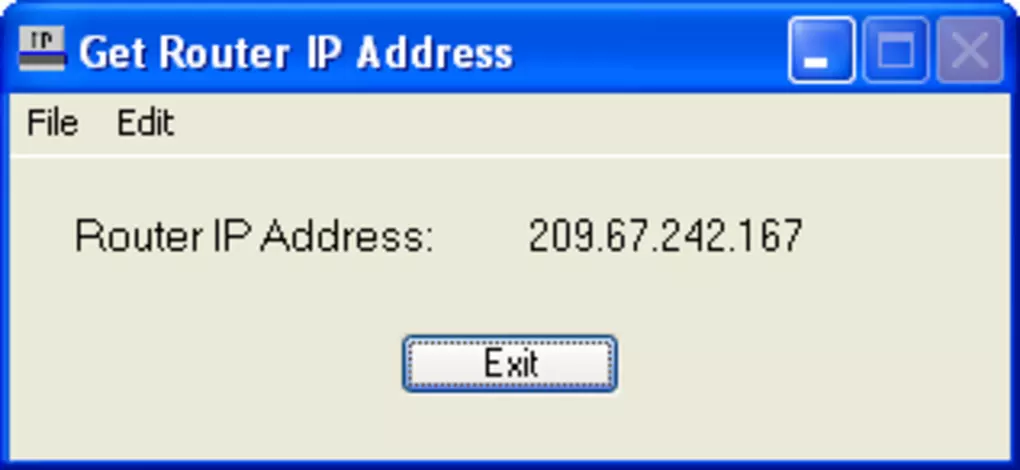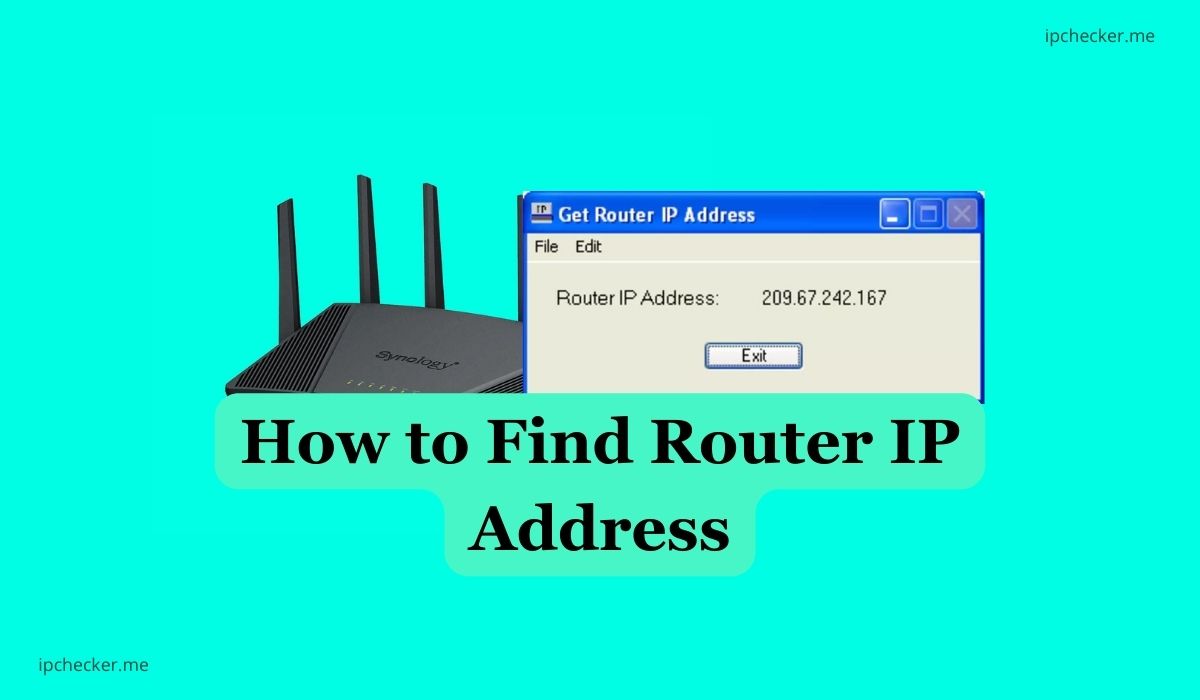What is Router IP Address?
A router IP address is the IP address assigned to a router on a network. This IP address is used to identify and communicate with the router itself, enabling devices within the network to send data packets to and receive data packets from the router.
There are two main types of IP addresses associated with a router:
- Internal IP Address (Private IP Address): This is the IP address assigned to the router’s internal interface, typically within a private IP address range such as 192.168.x.x or 10.x.x.x. This IP address is used by devices within the local network to communicate with the router and access the internet.
- External IP Address (Public IP Address): This is the IP address assigned to the router’s external interface by the Internet Service Provider (ISP). It is used for communication between the router and devices on the internet.
Suggested read: Funny WIFI Names – Meaning & List of 50 Funny WIFI Names
Related: 100 IP Address Names/Keywords and Their Meanings
How to Find Router IP Address/Router’s IP address

You can find a router default ip/router’s IP Address through the methods below:
- Using Command Prompt (Windows) or Terminal (Mac/Linux): You can use the
ipconfigcommand (Windows) orifconfigcommand (Mac/Linux) to view network information, including the default gateway, which is the router’s IP address. - Router Configuration Page: You can typically access the router’s configuration page through a web browser by entering the router’s default IP address in the address bar. Common default IP addresses for routers are 192.168.1.1 or 192.168.0.1. However, the specific IP address can vary depending on the router’s manufacturer and model.
- Router Label: Some routers have the default IP address printed on a label attached to the device.
Also read: IP Address and How to Use IP Checker
Read also: What is Default IP Address And How to Use it – 192.168.0.1
What is IP Address routing?
IP address routing is the process of determining the path that network packets should follow from their source to their destination across a network based on the IP addresses involved. This process is fundamental to how data is transmitted across the Internet and other computer networks.
When a device wants to communicate with another device over a network, it needs to know the IP address of the destination device. Once it has this information, it consults a routing table to determine the best path to reach that destination. The routing table contains information about various network paths and their associated metrics, such as the number of hops, latency, and available bandwidth.
The routing process involves several steps:
- Destination IP Address Lookup: The device examines the destination IP address of the packet.
- Routing Table Lookup: The device consults its routing table to find a matching entry for the destination IP address. If there is no exact match, it will use the entry with the longest prefix match (the entry that most closely matches the destination IP address).
- Next-Hop Determination: Once a matching entry is found, the device determines the next hop or intermediary device along the path to the destination based on the routing table entry.
- Packet Forwarding: The device forwards the packet to the next hop device or router, which repeats the process until the packet reaches its final destination.
There are various routing protocols that devices use to exchange routing information and build their routing tables dynamically. These protocols include Border Gateway Protocol (BGP), Open Shortest Path First (OSPF), Routing Information Protocol (RIP), and so on.
All read: All DNS Record Types you Should Know
Read also: IP Subnet Calculator And How it Works
